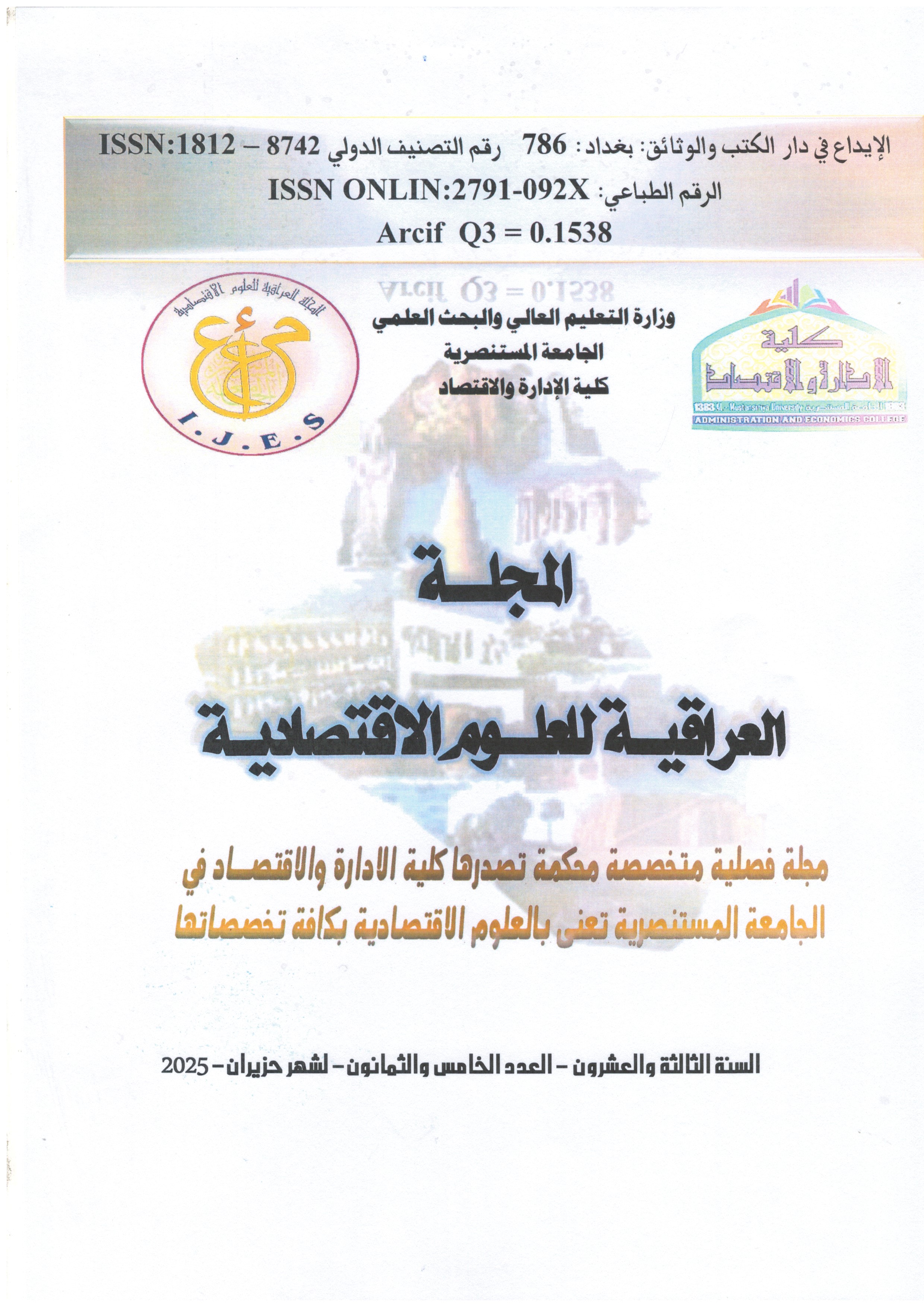Analysis of Determinants of Family Tourist Demand: A Case Study of Erbil Governorate
DOI:
https://doi.org/10.31272/6vn9b208Keywords:
Tourism demand, household level, determinants of tourism demand.Abstract
To diagnose and analyze the factors influencing household tourism demand in Erbil Governorate, available cross-sectional data from a group of tourist households was used as an applied model for the years (2012-2013) (- Field survey by the Directorate of Statistics in the Kurdistan Region of Iraq, unpublished). Using Ordinary Least Squares (OLS), data were collected from 295 households of local tourists (including tourism demand from local tourists within the region and southern and central Iraq, excluding foreign tourists outside Iraq). A regression of tourism demand (Y) was conducted, representing the number of overnight stays per household in the tourist sites included in the study, as a dependent variable on 9 explanatory variables influencing tourism demand. The model was subjected to the criteria of economic, statistical, and econometric theory to analyze and evaluate the obtained results. It was found that each of the variables (number of household members, educational level of the household head, distance, average monthly per capita income of the household, number of previous visits to the household, household residence, and visits during the summer and winter seasons) had a positive impact on tourism demand. The results showed that the age of the household head hurt tourism demand.The F test showed that the explanatory variables together had a significant impact on tourism demand. The estimated model was subjected to traditional standard criteria, such as the VIF and White tests for multicollinearity and heteroscedasticity, respectively, and the Durbin-Watson and LM tests for autocorrelation. The tests showed that the estimated model did not suffer from the three standard problems of multicollinearity, heteroscedasticity, and autocorrelation of the error term values.






